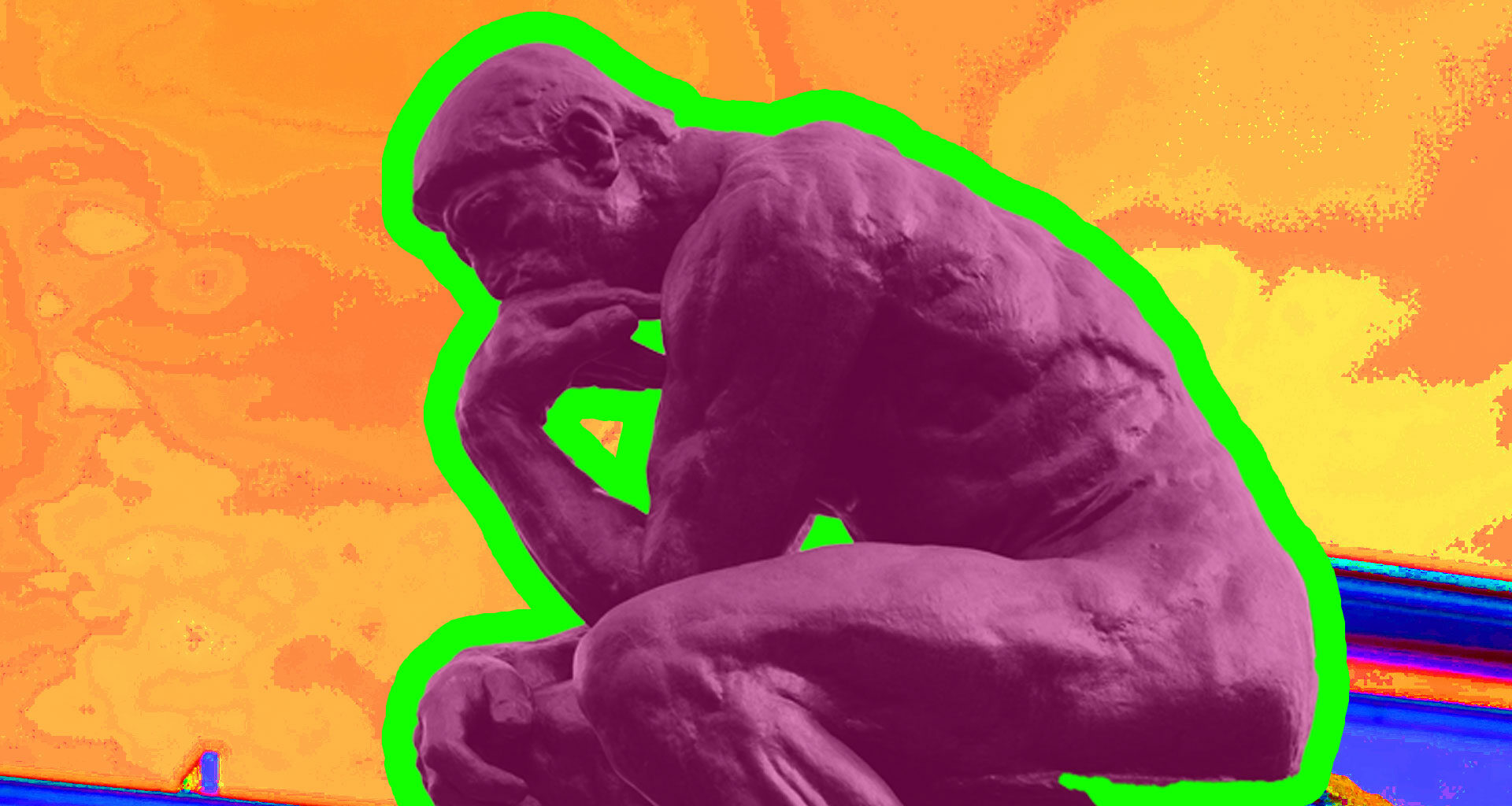Companies that have placed design thinking at the heart of what they do have outpaced their competitors for years.
Bill Gates made no friends in 2020. In a World Economic Forum (WEF) article in November he said he usually makes friends through random encounters after meetings and events. Now that everything is remote, and we no longer share spaces to the extent we did, those chance connections are practically extinct. “More could be done on the software side to allow for serendipitous run-ins after meetings,” he said.
by Richard Perez
This is typical of the prevailing view that if there is a problem in the world, technology has the answer. But experience shows that while this is often true, tech can’t replace everything.
The pandemic has shown us that existing technology can support and enable business, politics, innovation, collaboration, democracy and invention, almost without a glitch. In fact, technology is so good at enabling different aspects of human society that it is now hard for anyone to imagine going back to pre-Covid arrangements.
The WEF Future of Jobs Survey indicates that it’s all systems go for a hyperjump into the future of work. The survey found that 50% of employers are increasing automation, 84% are accelerating digitalisation and 83% are scaling remote work. We are marching firmly towards a tech-mediated future, even if that is a world where it will be harder to make friends.
Of course, human interaction and shared spaces are not just about making new friends; they’ve always played an important role in innovation, creativity and problem-solving. They also happen to be two of the main ingredients that make design thinking so powerful.
While innovations will increase our capacities in some ways, opportunities for human-centric activities could be diminished
Companies that have placed design thinking at the heart of what they do have outpaced their competitors for years. It is design thinking’s insistence on making empathy its point of departure that makes it so effective. It approaches a problem not from the points of feasibility or viability, but from the point of desirability. It doesn’t try to solve a problem by looking at how much money it will cost to solve and what the returns might be, nor does it solve a problem by looking at the technology available. It solves a problem by asking what the end user, the human, wants and needs in the solution.
It is this human-centric thinking that has created sports shoes that double as fashion statements, crafted affordable insurance policies, helped onion farmers in Columbia deal with climate change, transformed scary MRI machines into pirate ships to reduce the need to sedate children before scans, and replaced canvas tents with portable, sturdy family shelters for housing refugees.
Design thinking was well-suited to the pre-Covid set-up. Around the world multidisciplinary teams in flexible workspaces — in which every surface was a place to share and store ideas, every bit of furniture a strategic piece of equipment — worked to come up with products, services, policies and improved processes. For the past 15 years, since Tim Brown and David Kelley popularised the term design thinking, teams have used its guiding principles to solve problems. But now this process is under threat as workplaces shift irrevocably in the wake of the pandemic.
How design thinking works
As we hurtle towards a complex future of uncertainty, ambiguity, growing inequality, diminishing natural resources and rising temperatures, we’ve never needed design thinking more, but the physical reality of our post-Covid world is making it harder to practise this mindset and we need to start thinking about how it can be adapted to the future of work. This starts with understanding how the approach works.
If we break down the design-thinking ecosystem into its key mindsets, we get: to be visual, to think deeply, to be explorative, to be action orientated, to be human centred, to be collaborative, to navigate uncertainty, to be mindful of process, to embrace failure, and to be context aware. Some of these will be made easier by technology, some will hardly change, but a few will become increasingly difficult to practise at all.
Collaboration and working visually will be made easier. Pre-Covid technology such as Zoom, WhatsApp and Teams is already improving collaboration and co-creation. Factory workers in Japan are already wearing mixed-reality goggles to assemble braking units.
To be mindful of process, to think deeply, to be action orientated and to navigate uncertainty will mostly be unaffected by a tech-mediated workplace. However, what will be made difficult to practise is human-centredness, exploration, the embracing of failure and context awareness.
The loss of shared spaces and face-to-face interaction means it’s harder to connect authentically with teammates, customers and communities. We’ll struggle to explore unknown territory, neighbourhoods and cultures. We’ll find it almost impossible to test our assumptions by building prototypes and taking them out into the field. It will be almost impossible to separate data from the experience on the ground.
While Microsoft and others may find technology solutions that mimic these processes and provide a partial solution to the challenge, it is unlikely that technology alone will be able to capture the richness of what we stand to lose.
There is therefore hard work ahead of us to find creative ways to hold on to those aspects of design thinking that make it so effective. In essence, this means finding ways to articulate and amplify what makes us uniquely human in a world of ubiquitous technology — and to remember that our starting point needs to be where we would ideally like to end up.
Perez is founding director of the Hasso Plattner School of Design Thinking, based at the UCT Graduate School of Business.
This article originally appeared in BusinessLive. Photo by Valentin B. Kremer on Unsplash.












